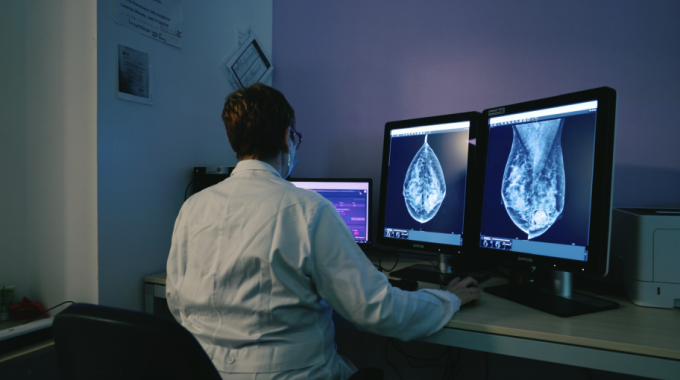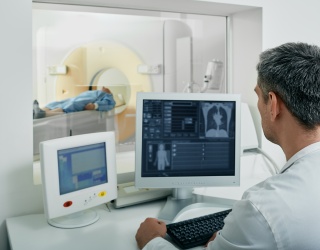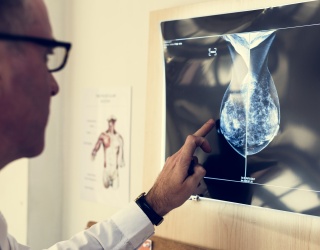Lunit’s Solutions Reach 14% of the Population
The use of artificial intelligence in cancer diagnostics is gaining meaningful ground in Europe — most recently in Italy, where over 10 regional public health authorities (ASLs) have integrated AI-based tools into their cancer screening workflows. As of June 2025, these implementations now support imaging optimization and diagnostic accuracy for more than 8.5 million residents, covering roughly 14% of the Italian population.
This development marks a significant milestone in the clinical application of AI within public healthcare settings, reflecting a broader trend toward digital transformation in oncology and radiology services.

The deployments span multiple regions, including Lazio, Lombardia, and Veneto—three of the country’s most populous and high-demand areas. Lunit’s AI solutions—Lunit INSIGHT MMG for mammography and Lunit INSIGHT CXR for chest X-ray—are currently in use to support radiologists in detecting breast and lung abnormalities with greater speed and accuracy.
Italy represents one of the key European markets where AI is being adopted at scale in public healthcare, demonstrating how population-wide deployment can be achieved. The growing adoption of Lunit’s AI solutions within this system marks a critical milestone in the real-world application of AI at scale.
“Achieving meaningful scale in a nationalized healthcare environment is no easy feat,” said Brandon Suh, CEO of Lunit. “Our work in Italy demonstrates how AI can be successfully integrated into public screening programs and impact care across an entire country—not just in isolated pilot settings.”
Lunit’s AI is currently being used across major regions including Lazio (Rome), Lombardia (Milan), and Veneto (Venice), with select ASLs such as ASL Roma 2 and ULSS2 Marca Trevigiana having implemented the solution in workflows. These deployments were carried out in collaboration with global medical device companies, who supported seamless integration into existing imaging infrastructure.
The momentum is set to continue. Lunit expects to secure additional agreements with ASLs covering nearly 4 million more residents by December 2025. Upon completion, its AI will help support diagnostics for roughly 20% of the entire Italian population—a scale rarely achieved by any medical AI provider in Europe.
This progress reinforces Lunit’s broader European strategy, where the company is playing a leading role in advancing AI adoption across public health systems. By embedding AI into population-wide screening initiatives, Lunit aims to bridge the gap between technological innovation and equitable access to early cancer detection.








